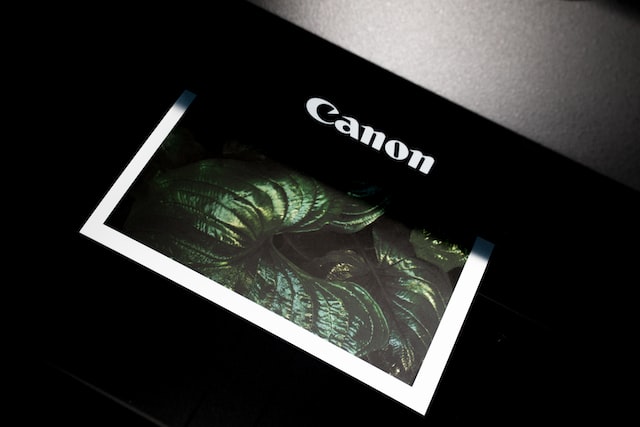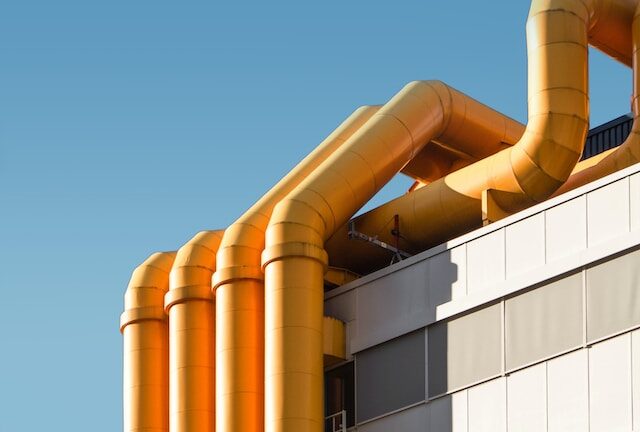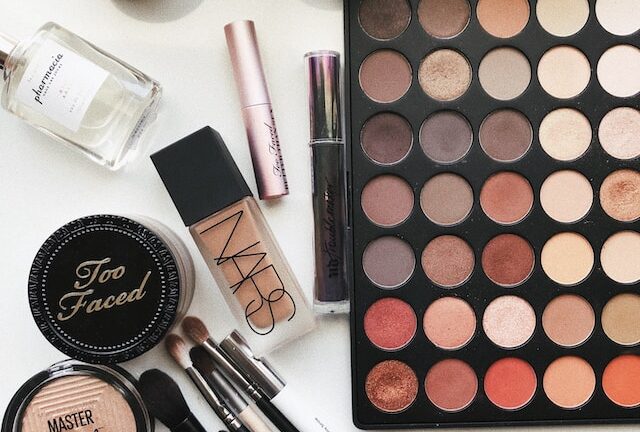Whether you’re looking to print a photo from a digital file or a photo taken with a camera, there are some things you need to know about the process. These tips will help you make your images look their best before you print them.
Aspect Ratio
Getting the correct aspect ratio for photo printing can take time and effort. For example, you may need to crop a photo to match the correct aspect ratio for a print or even crop an image to make it fit into a particular print size. But what is the best way to do it?
The best way to get a good aspect ratio and high-quality photo printing are to be aware of the basics. The aspect ratio is a measure of the relationship between the height and width of an image. The most important thing is that the balance doesn’t include pixels.
Aspect ratios are usually expressed in a mathematical equation. For example, a 3:2 ratio means that you can fit squares two inches wide and three inches high into a rectangle.
Resolution
Choosing the proper resolution for photo printing is essential to achieving professional results. In other words, it is the difference between getting a blurry print and getting crisp, high-resolution pictures.
The most obvious way to determine resolution is to count pixels. Pixels are small, square tiles containing visual details. They are the smallest unit of information used in digital content. You can find these tiles in various places on your computer.
The most crucial pixel count is the one that can be used to determine the optimal print resolution. To determine the best solution, multiply the pixel count by the width and height of the image.
Paper Options
Choosing the right paper for photo printing is critical. The wrong type of paper can ruin the image or damage the printer. Also, it can be daunting if this is your first time doing it. But by taking some time to research paper options, you’ll be able to find the perfect paper for your photos.
There are many different factors to consider when choosing paper. There’s the paper’s weight, thickness, opacity, and tone. Each element affects the image’s overall look and feel. For example, bright white paper gives rich, vivid colors. It will also give you rich blacks.
Your paper’s brightness can also affect your image’s overall dynamic range. If you want to display your pictures on a backlit display, you’ll want to opt for lighter paper.
Digital Printing
Using Digital printing for photo printing allows you to customize your printing options, saves time and money, and offers a higher-quality output. Digital printing is a versatile process used for almost any type of printing.
Digital printing is used in various applications, including advertising, retail signage, event signage, and more. Unlike traditional printing, digital printing does not require plates or pre-press stages. It allows users to retouch photos before printing and allows for easy modifications.
The most common types of digital printing are inkjet printers, laser printers, and LED printers. Laser printers are a good choice for high-volume print runs, and inkjet printers are suitable for high-quality, high-speed outputs.
Sharpening an Image Before Printing
Choosing the correct amount of sharpening before printing an image can be daunting. There are several factors to consider, such as viewing distance, type of paper, and the type of printer. Using a rule of thumb or third-party sharpening plug-ins may help. However, it would help if you always did a test print before you committed to your final image.
In Photoshop, you can perform output sharpening on a separate layer. This process is done by interpolating pixels to create a different pixel magnification. This means that the sharpening results will be other on screen than on paper. The image on the left has been sharpened for viewing, while the image on the right has been oversharpened for printing.
Creating a Print Profile
Creating a print profile is an excellent way to improve your print quality. It allows you to control the colors of your image using application software. It’s essential to use the correct settings to make sure the colors print as you intend.
First, check your printer’s capabilities. Most modern printers should produce dry prints immediately. If not, you’ll need to adjust the profile settings to ensure your images print correctly. This is especially true for inkjet printers.
You should print a test chart to get the most from your profile. This should be done at least one hour before you plan to publish. It would help if you also left the print to dry overnight.




